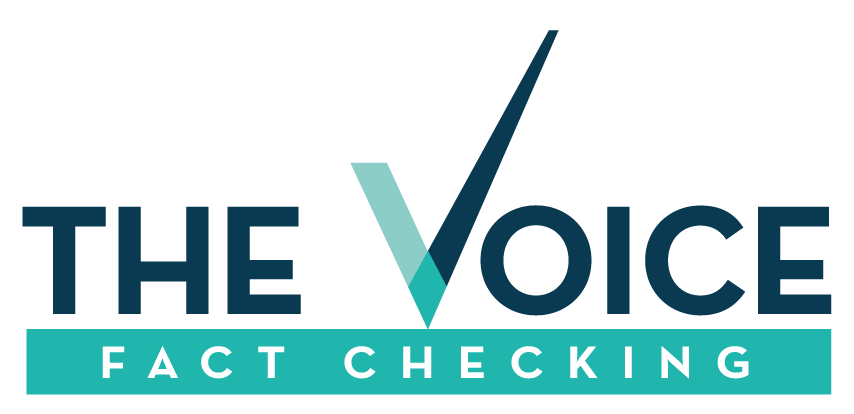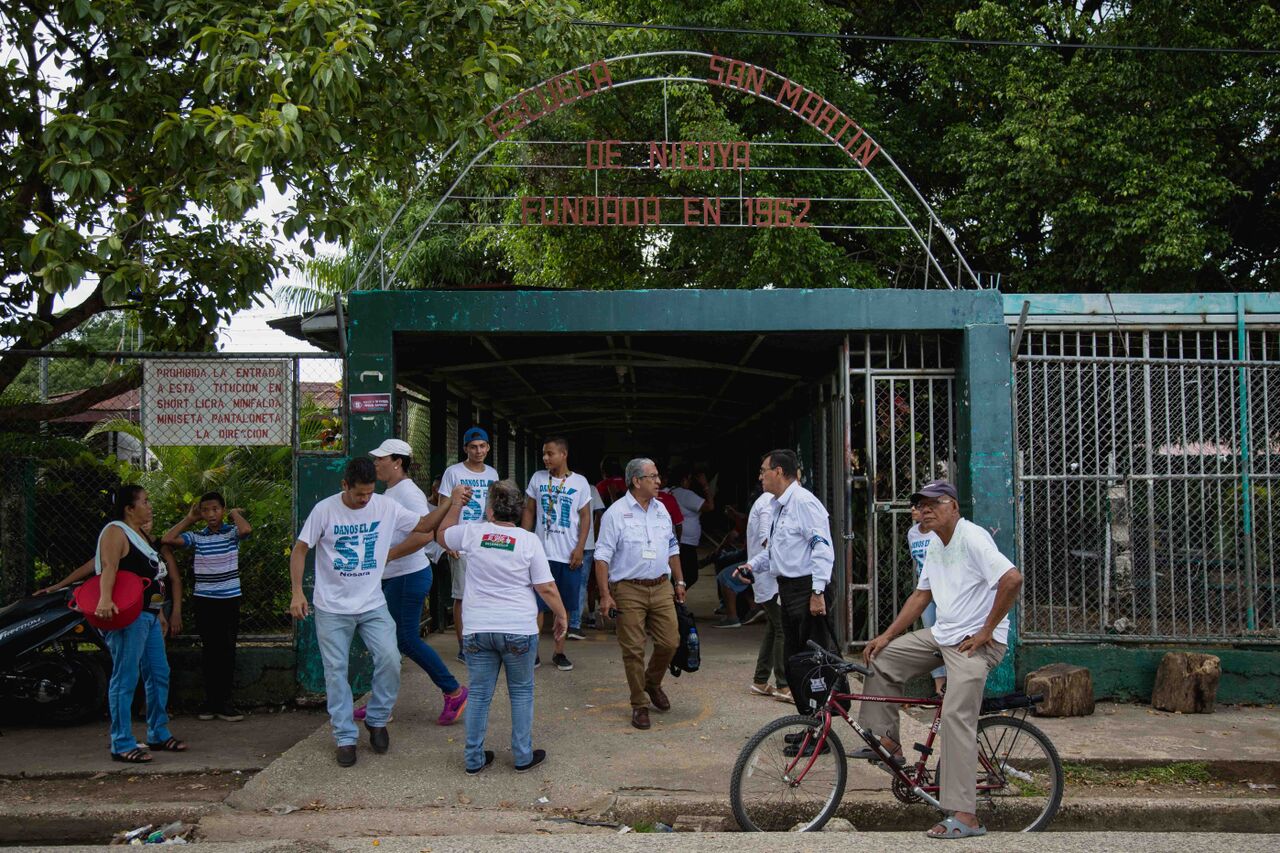
During the first debate ahead of the 2020 mayoral elections in Nicoya, an audience member asked the 10 candidates for their positions about the Nosara plebiscite held on June 3, 2018 that, if Yes had won, would have given the district administrative independence and created a Municipal District Council.
That would have allowed Nosara to manage the money it collects from taxes on properties and patents in the community, among other things.
After the plebiscite results, Nosarans don’t rule out fighting again for the creation of a municipal district council.
The 2018 plebiscite didn’t receive enough Yes votes and was rejected, but it could be held again in 2021.
We found three misleading statements made by candidates during the debate regarding this issue.
Misleading: A Non-Existent 50%
Auténtico Nicoyano (Authentic Nicoyan Party) candidate Edwin Castillo said that “50% of Nosara disagreed with voting Yes in the referendum.” This statement is misleading and can’t be verified with the available data.
This was Castillo’s direct quote:
“The referendum was held and the people, basically 50% of Nosara, disagreed with the proposal.”
“This movement was led by a group of foreigners that wanted to take political control of Nosara. It’s not what Nosaran natives want. This is evident because the legal requirements to approve the proposal weren’t met.”
Castillo was one of the leaders against Nosara administrative separation. The Voice asked him where the data came from and he said he obtained them from the “Supreme Election Tribunal’s (TSE) website.”
But the TSE doesn’t have data on the plebiscite. “The institution only provided logistical support and advice, but wasn’t in charge of the results nor their dissemination,” the TSE’s press office said. In any case, according to the institution, the information should have been provided to the city council, which is responsible for the referendum’s data.
Abstention levels were the plebiscite’s biggest enemy
The city council doesn’t have the data in the official tomes of the plebiscite. The Voice reviewed the tomes and found that there is no information on the final count and results from Nosara, only from Santa Elena, Samara, Mansión and Quebrada Honda.
The only data that is available in city council documents is the number of Nicoya citizens who were registered and voted in the plebiscite:
While the majority of voters were in favor of the separation, the Law on Municipal District Councils requires support from 15% of a canton’s residents. The Yes movement in Nosara only reached 13.9%.
Castillo told The Voice of Guanacaste that his calculation of 50% includes “all the Nosarans who didn’t vote, because if they didn’t vote for Yes it’s because they are against separation. If they didn’t leave their homes, it’s because they disagreed with the referendum. So you have to count it that way.”
Votes don’t work that way. The TSE said that “all citizens registered to vote in Nosara and who didn’t vote in the plebiscite are considered ‘abstaining voters.’” That means they can’t be considered Yes or No supporters.
This principle isn’t exclusive to referendums. It also applies to national elections for president and for mayoral elections.
Misleading: Other Districts Could Follow Nosara’s Example
Coalición Alianza por Nicoya (Coalition Alliance for Nicoya) candidate Daniel Vargas and Unidad Social Cristiana (Social Christian Unity) candidate Álvaro Garro also made misleading statements about Nosara’s potential separation, suggesting that other districts could also seek independence.
“Nosara’s gripe is totally valid because their needs as a district aren’t met. What we don’t want is that every time that happens in a district, the district seeks independence,”
Daniel Vargas said, and added: “Nicoya without Nosara is no longer Nicoya. Nicoya without San Antonio or Mansión is no longer Nicoya”
Álvaro Garro said something similar:
“Nicoya has already lost a lot. If districts keep separating and then it loses San Antonio and Mansión then were going to be a bunch of small neighborhoods.”
The Law on City District Councils says that “only districts far from the regional capital” are eligible.
Nicoya’s city bylaws, written in 2014, say that this measure applies exclusively for the district of Bocas de Nosara.
Mayor assures that there are other projects that would resolve the lack of funds, if the ‘yes’ vote wins the plebiscite
Vargas explained that his assertions should be taken as “examples” and that it wasn’t his intention to suggest that other districts could request their own city district councils.
“It’s clear to me that, because of its location, the only district this rule would apply to is Nosara, because it’s 37 miles from here and because getting there isn’t easy. I’m not aware of any plan in other districts to secede, I just wanted to emphasize that it’s important to stick together,” he said.
Garro also said he is aware of this rule, but said he made the statement “so people would understand what could happen if the canton divides.”
“I said it as a means of comparison. If San Antonio secedes, or Nosara or San Martin, we are going to fracture Nicoya and end up as a tiny canton.”
Will there be another plebiscite in Nosara?
It has yet to be determined.
President of the Nosara Comprehensive Development Association (ADIN) Marco Ávila said that no decision has been made about another vote, but they are analyzing it.
Ávila added that, while the ADIN doesn’t want to make public what they are considering, it has “nothing to do” with which candidate wins the election in 2020.
“The association doesn’t have a preference for any of the candidates because it’s evident that they all lack awareness of Nosara’s needs,” he said.
Community leader and Nosara Civic Association member Ethel Araya said that it’s still too soon to take a position. Her group is still discussing it.





Comments